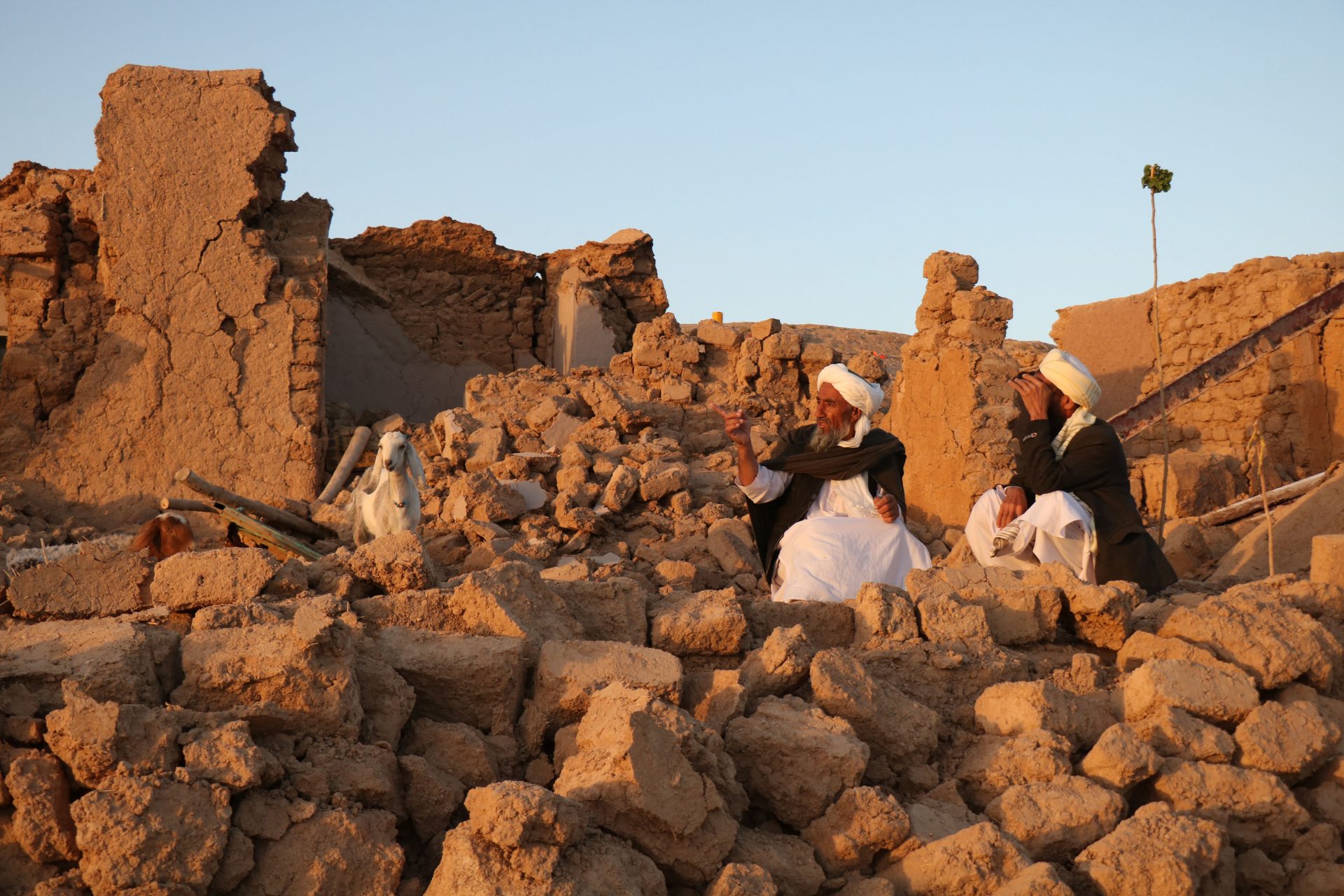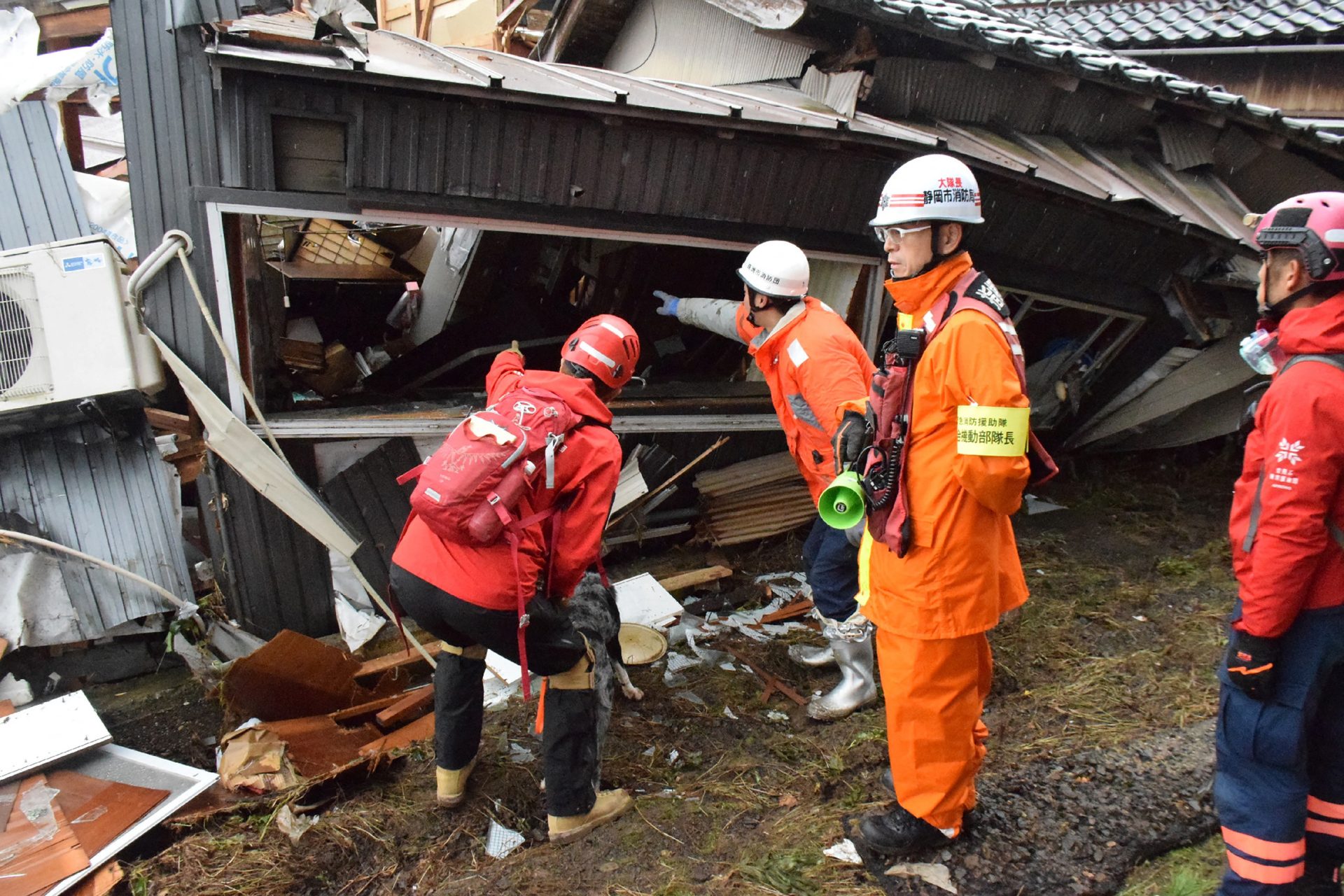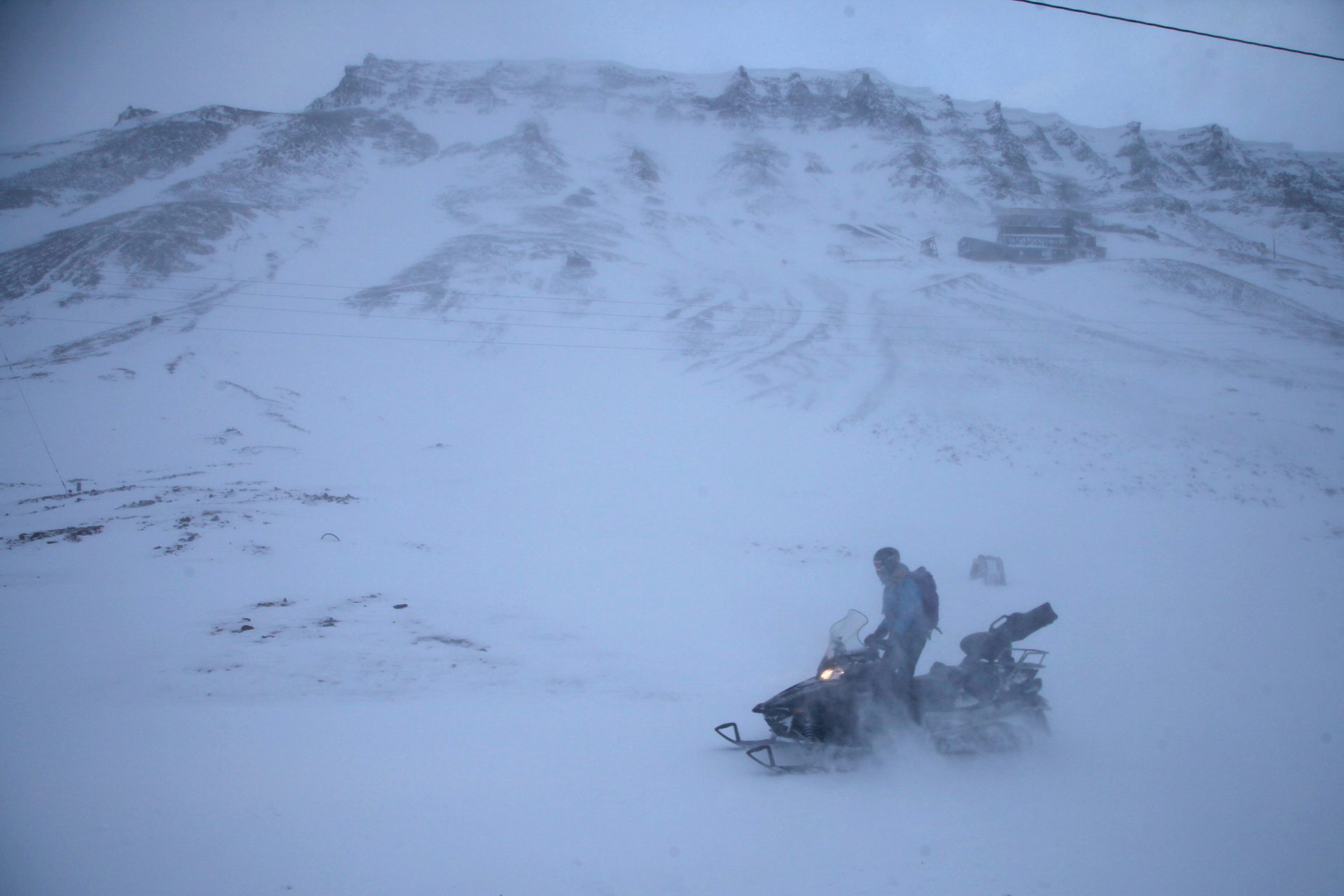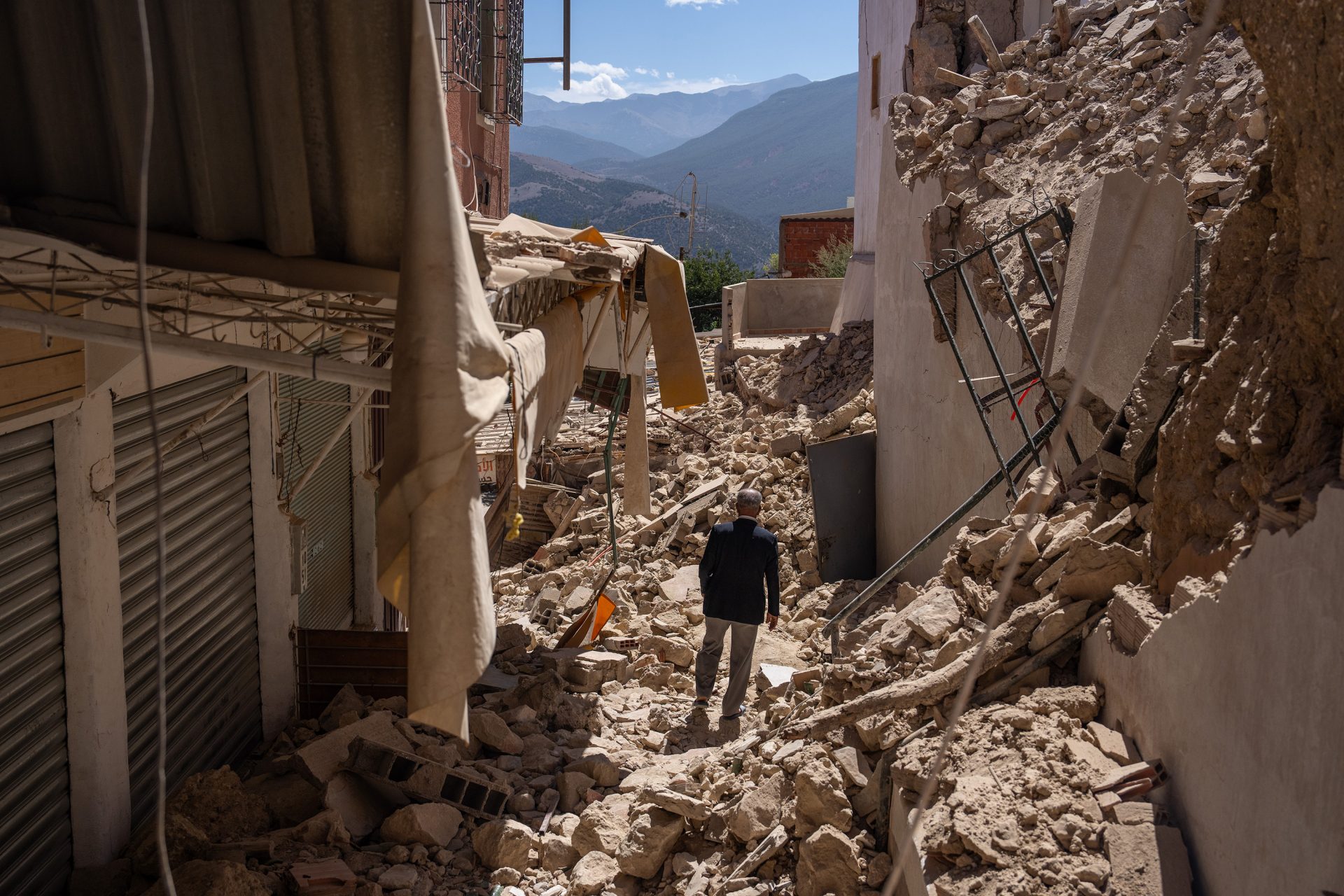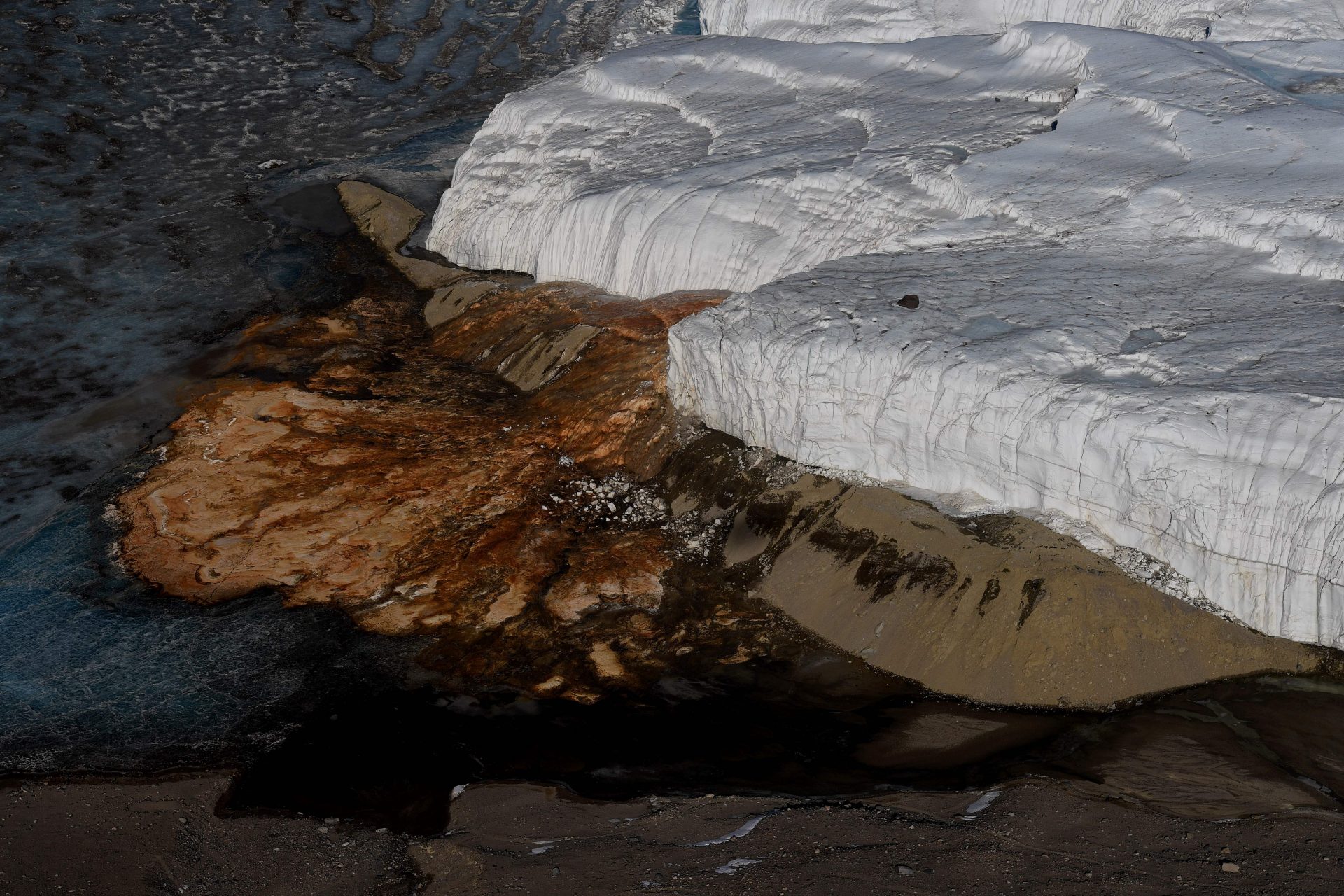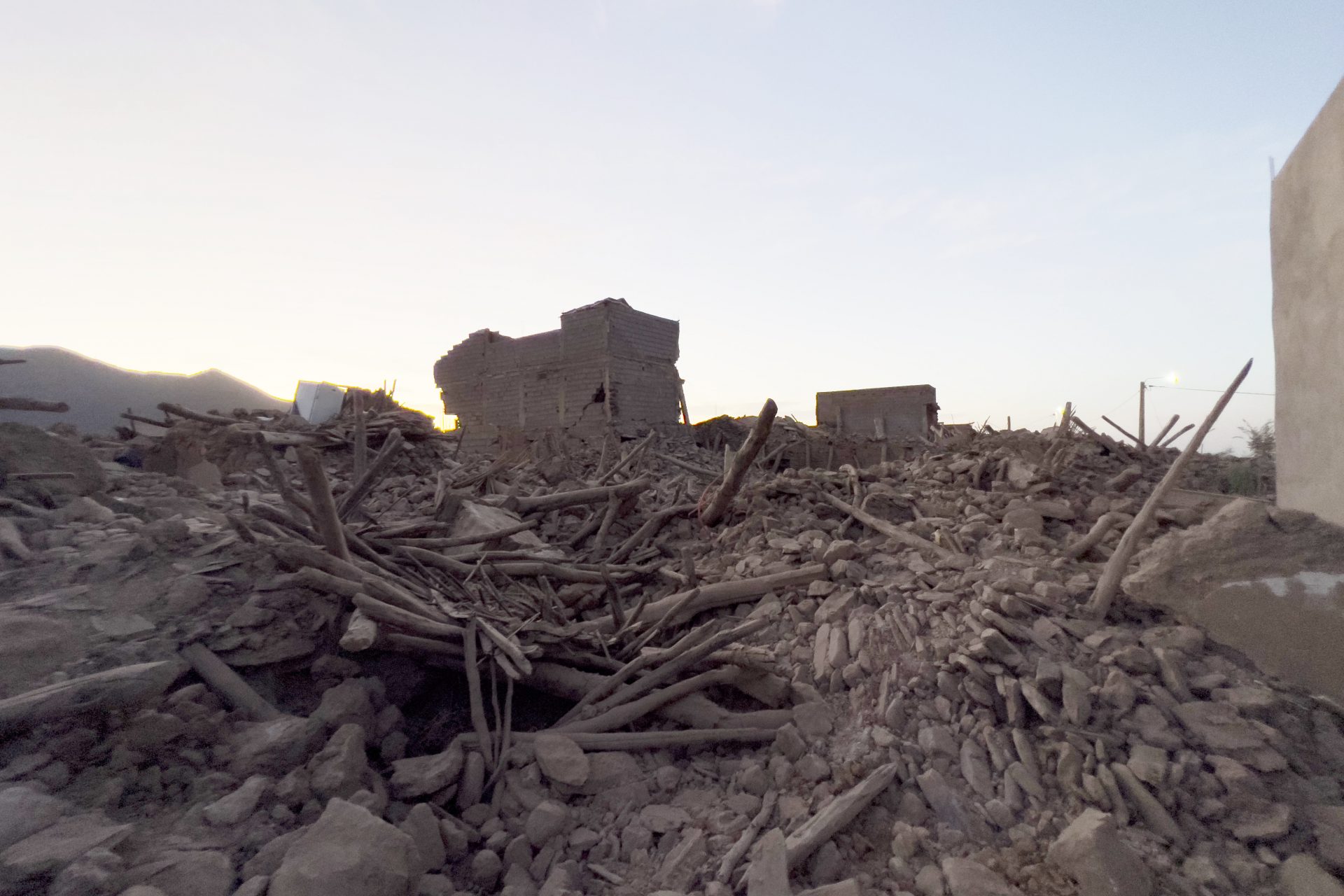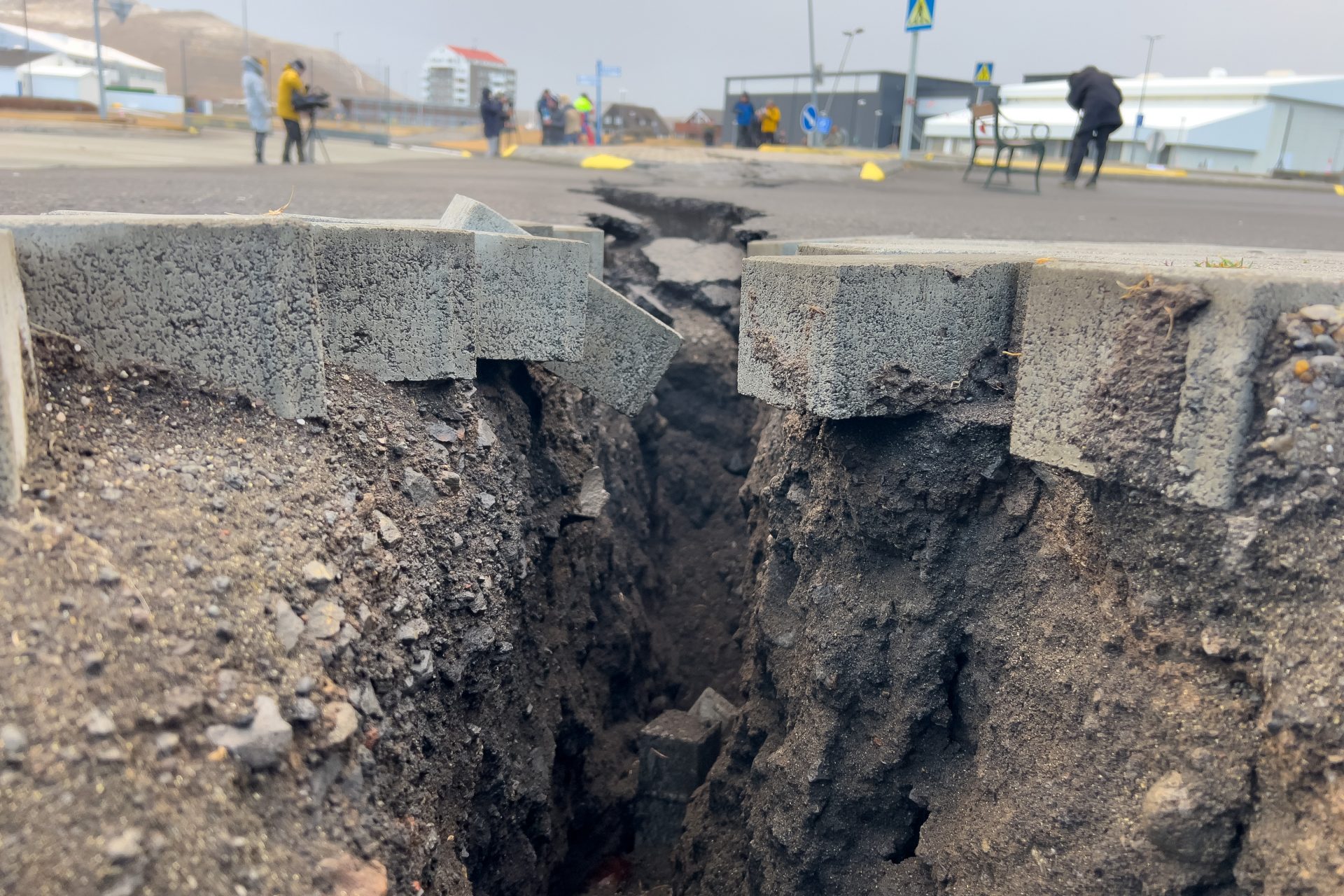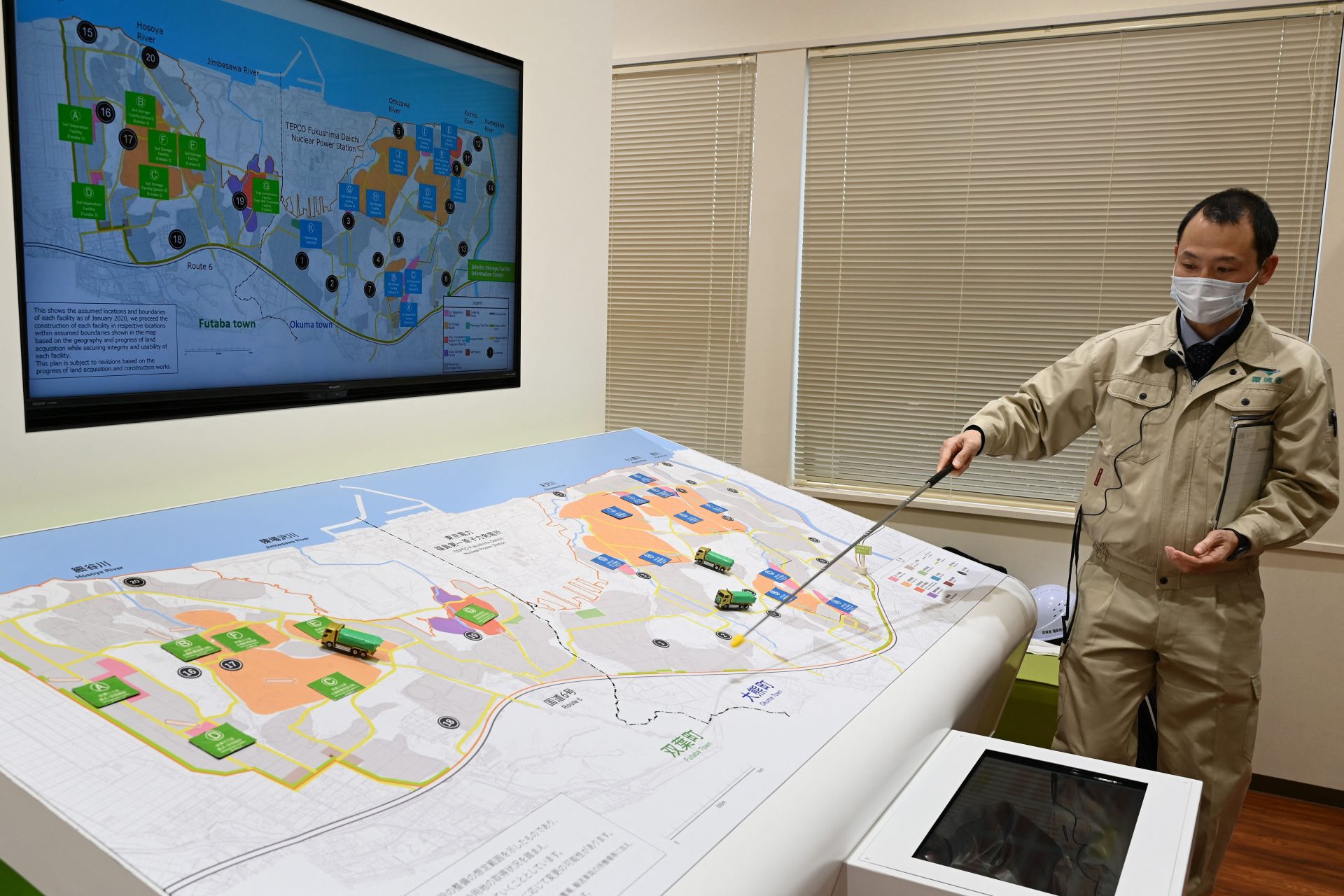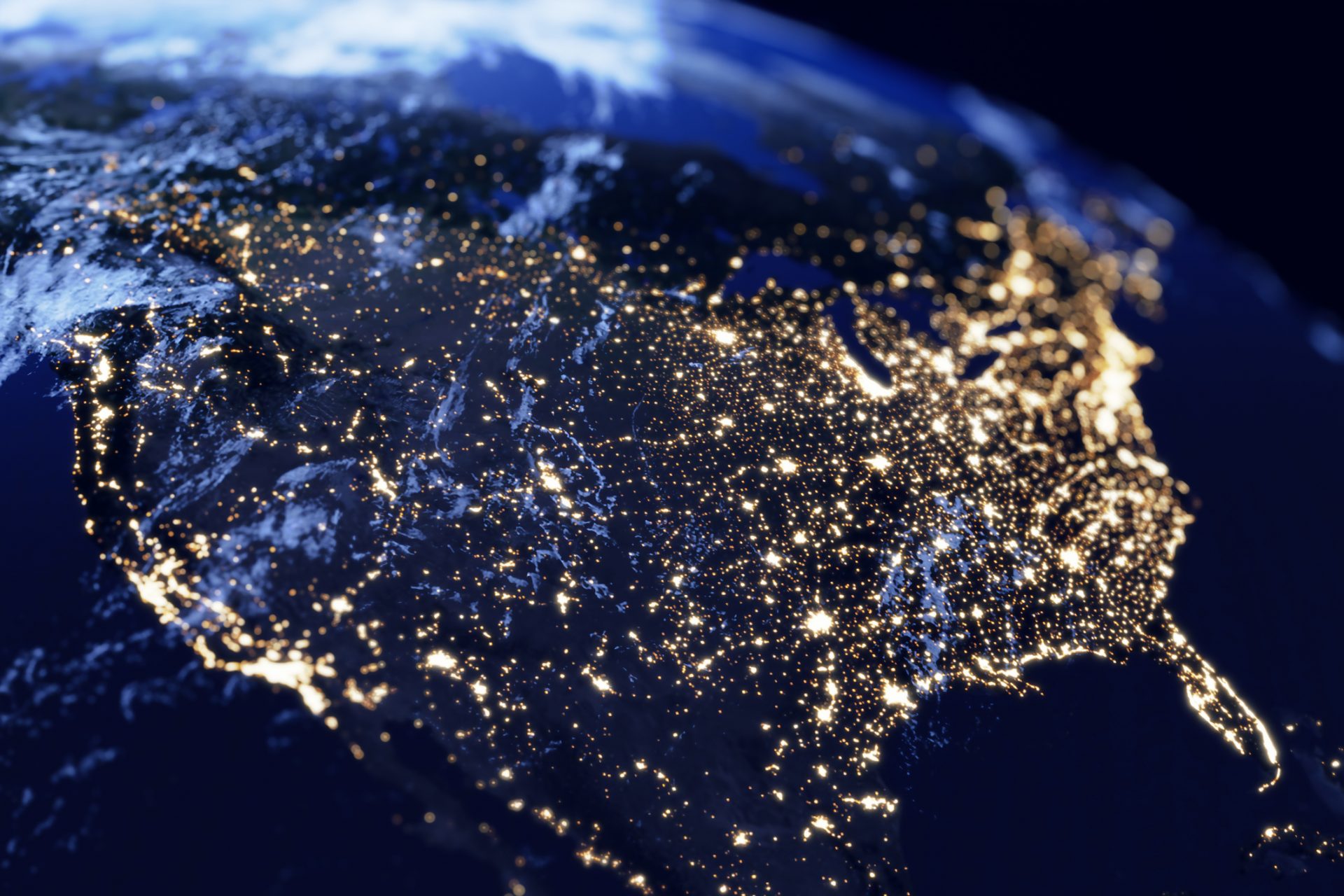Is climate change increasing earthquakes?
The last few years appear to have been plagued with life-threatening earthquakes, raising public concern about how frequent they appear.
Japan, Turkey, Syria, Morocco, and Afghanistan have all experienced severe earthquakes, with hundreds of deaths in the past few years.
Going back a little further to the 2010s can be more scary, with the cases of Haiti, Chile, and Mexico being particularly concerning.
The main question that comes to mind is why earthquakes are increasing if they are. Can climate change play a part in that?
According to NASA geophysicist Paul Lundgren, correlating climate with seismic activity is not wild. Earthquakes are caused by stress in a geological fault, and climate can trigger that.
In an article on NASA's website, Lundgren explained that surface water (rain or snow) is the most common climate-related stressor. However, it typically correlates to microseismicity- earthquakes we can't feel.
Another way climate can affect seismic activity is through droughts. The geophysicist explained that prolonged droughts can significantly affect fault stress.
Another climate-related phenomenon that has a known effect on faults is glaciation. Studies have shown, NASA reported, that the retreat of glaciers can increase volcanic activity and cause what is known as glacial earthquakes.
Human activity can also increase stress over geological faults. Large dams have been linked to increased seismic activity.
But is climate change really making seismic activities more common? U.S. Geological Survey (USGS) officials have admitted that earthquakes have increased in recent years.
But the agency also explained that the increase in the number does not mean more earthquakes. The number of earthquakes is not rising; we are simply detecting more with better and cheaper equipment.
On its website, the USGS said that the National Earthquake Information Center registers about 20,000 earthquakes around the globe each year, most of them irrelevant.
Still, the feeling that there are more and deadlier earthquakes nowadays is also valid. According to an article for the BBVA Open Mind project written by physicist Arantza Ugalde, it is a matter of perception.
With the flow of information traveling in real-time through the internet, it is easier to be informed about earthquakes, even if they are on the other side of the planet.
Ugalde insisted that Earthquakes are unpredictable. They are just a part of the Earth's expected behavior and have to do with the natural tipping point of faults.
Still, NASA's Paul Lundgren said science is only starting to learn how factors outside tectonic plates can affect seismic activity, and there is a lot to unpack in the future.
More for you
Top Stories



